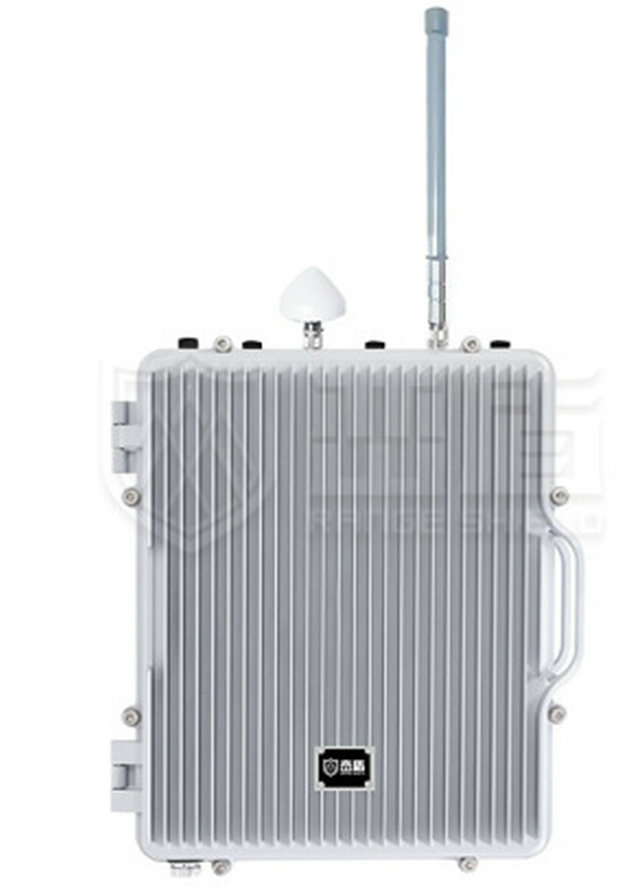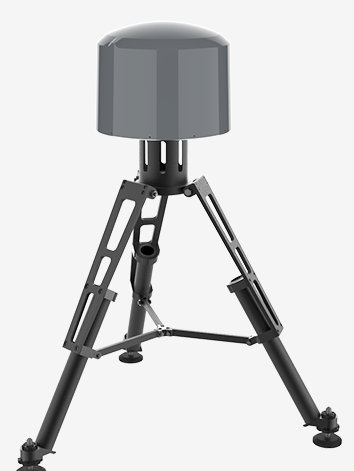
manufacturers of TDOA (time difference of arrival) AUDS for military restricted areas,military bases,military facilities! suppliers of anti uav defense systems (AUDS) for airport,petroleums,military strongholds, metropolis,power plants in china.


based on the need to prohibit drones from flying into military bases, the solution we proposed is to use our TDOA drone defense system. The solution consists of a front-end radio positioning detector (for detection, identification and positioning early warning),linked intelligent photoelectric directional tracking and interference equipment can track, interfere and suppress drone video.
the anti-drone back-end management and control platform monitors and controls the entire process. It can realize positioning, detection and early warning of drone targets within a radius of 4000m, and implement directional electromagnetic interference strikes against drone targets within a radius of 1500m in the core area.


the AUDS (anti drone defense system) is designed to provide counter-drone capabilities for military bases and other sensitive military installations. it is a comprehensive system that integrates various technologies to detect, track, identify, and mitigate the threat posed by unauthorized or hostile unmanned aerial vehicles (drones), commonly referred to as drones. the primary purpose of an AUDS system in a military context is to enhance the base's security by countering the potential risks posed by drones, which can include surveillance, reconnaissance, or the delivery of explosive payloads.


AUDS employs a variety of sensors, including radar, electro-optical and infrared cameras, and radio frequency detectors to detect drones in the vicinity. these sensors work together to provide comprehensive coverage, detecting drone across different spectra.
once a drone is detected, AUDS uses its sensors and image recognition technology to identify the type of drones and, if possible, its operator. the system tracks the detected drone, allowing operators to monitor its movements and assess potential threats. this tracking information is critical for making informed decisions regarding how to respond to the drone.
AUDS can employ various countermeasures to neutralize or disrupt the detected drone. this may include jamming its radio signals, interfering with its GPS, and, in some cases, using directed energy weapons to physically disable or destroy the drones. in some cases, AUDS can help identify the location of the drone's operator, allowing security forces to apprehend them.
| detection range | 20MHz~6000MHz | ||||||||
| detection radius | 5km~10km | ||||||||
| receiving sensitivity | less than -110dBm | ||||||||
| scanning range | 360 degrees | ||||||||
| induced signal power | less than 10dBm (10mW) | ||||||||
| induced signal category | GPS(L1), GLONASS(L1), BDS(B1), GALILEO(E1) | ||||||||
| power supply mode | AC220V | ||||||||
| control radius | 500m~1000m | ||||||||
| link method | network connection (RJ45) | ||||||||
| working temperature | -40 degrees ~ 70 degrees | ||||||||
| protection grade | IP66 | ||||||||
| anti-uav defense system (AUDS) of scout edit UAV flight line BT4000, mini UAV,camera drones, best UAV,AUDS, CUAS,PTZ,PID,RTK,UWB, TDOA, UAVs | |||||||||
|---|---|---|---|---|---|---|---|---|---|
- home
- products
- contact
- equipments
- AUDS systems
- TDOA systems
- change UAV navigation 2000
- UAV scout hit combines 3000
- scout edit UAV fly 4000
- scout hit edit UAV 5000
- anti drone system JDY6000
- AOA systems
- vehicle mounted AUDS
- anti drone jammer guns
- anti UAV boxes
- all frequency jammers
- AUDS for public safety
- CUAS for electric power
- TDOA for petroleums
- AUDS for military bases
- CUAS for aviation airport
- TDOA for prison guard